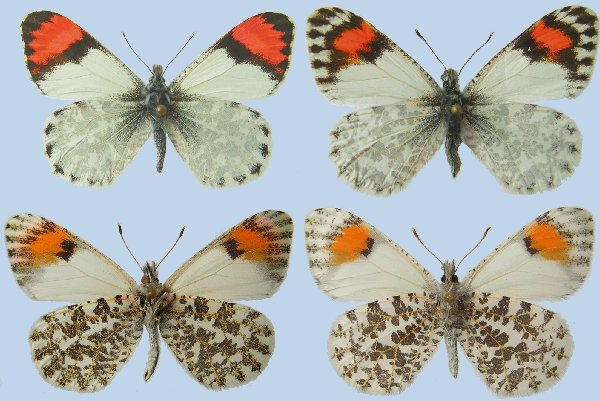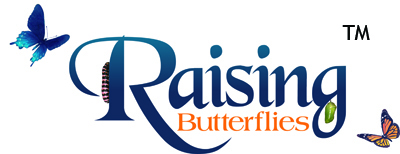Anthocharis thoosa

Photo Life History: Anthocharis thoosa
Habitat: Mountain Canyons
Host Plants: Descurainia pinnata; Arabis perennans; Arabis holboellii; Isatis tinctoria
Suitable Lab Host Plants: Any Arabis species; Isatis tinctoria
Caring for Live Female Butterflies: Feed females regularly; Do NOT place live females in glassine envelopes for ANY period of time. They stress easily and can die. Also, they can lose legs when placed in a glassine envelope.
Methods of Female Oviposition: Portable Cages; Open Screen Cages
How to Find Eggs: When looking on Arabis, Look on Flower Stems; When looking on Descurainia pinnata, Look on Upper Half of Plant; Isolated Host Plants (In other words, if you encounter one Juniper tree with 50 D. pinnata plants growing under it; vs. another Juniper tree with 3 D. pinnata plants growing under it, look on the three plants first.)
How to Hatch Eggs: Separate eggs individually; Keep egg on original leaf
How to Find Caterpillars in the Field: It is abundantly easier to find eggs and/or to get eggs out of live females. Try to show up about 7 - 10 days after the males have started flying. It can be difficult to locate late instar larvae, (many will have been taken out by predation.) Look for Caterpillar Strip Patterns. Most A. thoosa mustards are also used commonly by Pontia sisymbri, Euchloe hyantis, Euchloe ausonides, and sometimes Pontia protodice.
Caterpillar setups: Open terrariums; Open Bucket
Overwintering Stage: Pupa.
Overwintering Strategies: Your Own Backyard; Refrigerator
Larva to Pupa: Larva Changes Color (goes from medium green to dark green)
Emergence: Emergence Container
Number of Broods per Year: 1 brood; excepting some populations of inghami that occasionally have a second generation.
Avoiding Diapause Techniques: Not effective for univoltine populations. However, if you expose ssp. inghami late instar larvae and/or pupae to rain water, that may encourage same year emergence in populations that have been known to be bivoltine during extraordinarily wet springs.
Disease Prevention: Change out host plant and remove frass every three to four days.
Field Notes: Due to field research (in press), subspecies thoosa, inghami, and colorado are applied to species 'thoosa'. Populations of Anthocharis sara feed on Brassica nigra in California whereas Utah populations of Anthocharis thoosa accept Brassica nigra for a few instars and die.

